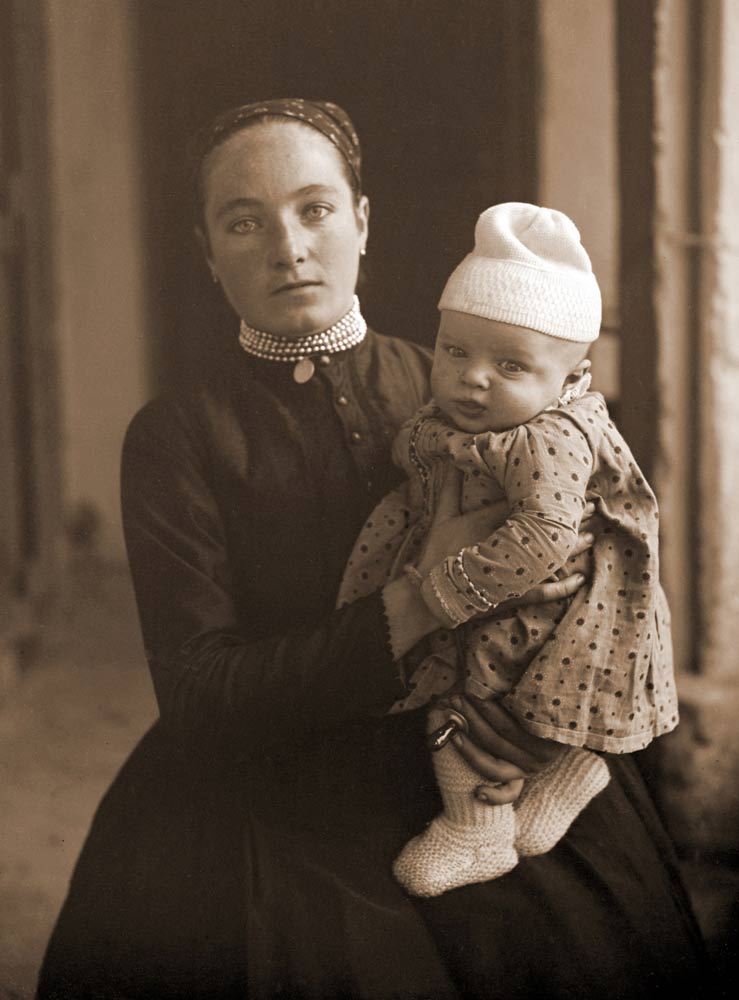We lived in Véménd
A multiethnic village during the First World War
01/27/12 - 04/15/12
The exhibition showed photographs taken by the teacher Béla Hernai between 1916 and 1920 in Véménd, southern Hungary. They reflect the village community during the First World War: Germans, Serbs, Jews, Roma and Hungarians had adjusted to each other in the 200 years of their coexistence. They understood the language and respected each other’s traditions. They all saw themselves as Véménders. As a result of the two world wars, the community broke up.
The exhibition showed photographs from the collection of the Janus Pannonius Museum in Pécs/Fünfkirchen in Hungary. The photos were taken between 1916 and 1920 in Véménd / Wemend, southern Hungary. Béla Hernai, the village teacher, photographed the residents in the courtyard and in the arbor of his house. Hernai captured the last moments of this community before it broke up as a result of the two world wars: the Serbs had to leave Véménd after 1920; Some of the Roma emigrated, while others – like many of the Véménder Jews – were murdered in the extermination camps during the Second World War. Most of the Germans were expelled in 1947.


